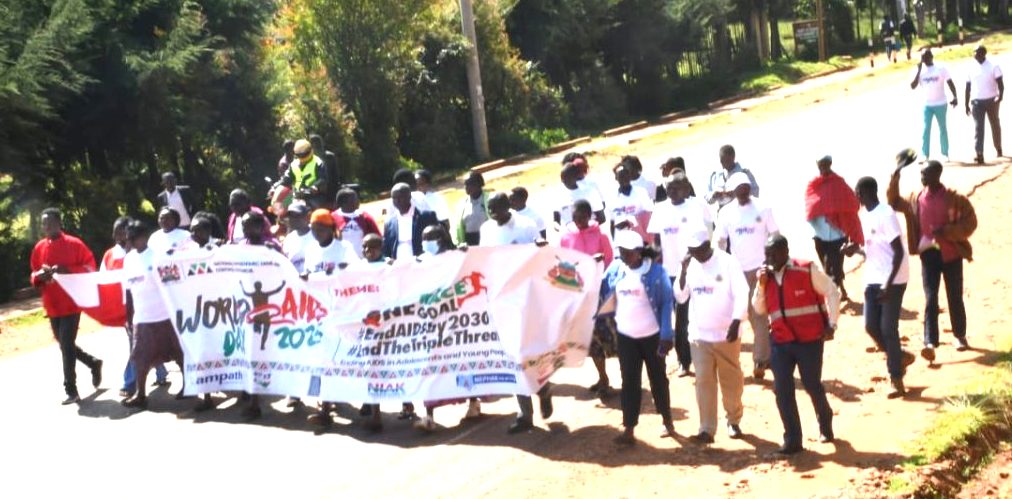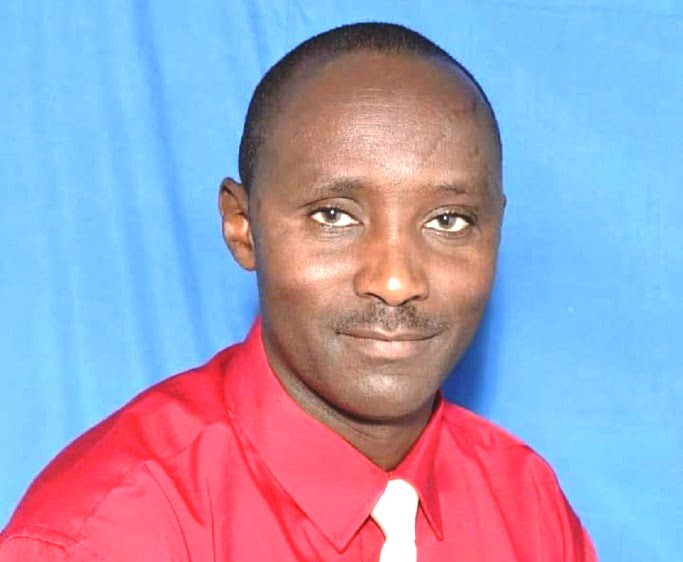I recently found myself diving deep into the practice of supervising individual goal-setting for my team. To some, it seemed like just another routine exercise — something expected by the employer. They’d go through the motions, setting targets that didn’t align with the organization’s strategic plan, didn’t resonate with departmental objectives, and seemed to ignore the very essence of customer expectations. It gave me pause. I started asking myself some tough questions: Why do we set goals that never lead to promotions, rewards, or recognition? Why should I put my energy into targets that are never analyzed or tied to consequences, whether positive or negative? Does it even matter?
As I reviewed the objectives being set, it became clear to me: something needed to change. I realized there was a gap in how goal-setting was being approached. For many, it felt like an unnecessary waste of time and energy, a ritual without real purpose. When you’re up against a traditional mindset, it’s challenging to consider change — especially when people are so comfortable in their old ways.
But, I decided to take action. I called for a goal-setting session, one that would engage the team in ways they hadn’t experienced before. The room was filled with keen eyes — I could tell many were listening intently. Some were clearly uncomfortable, as we were stepping out of their comfort zones. The session lasted for about five hours, packed with participant-centered engagement. I challenged the team: How well do you understand the organization’s vision for the next five years? One year? One term? How do you think the CEO can achieve those goals without your involvement? I asked them to connect the dots and see how each department’s actions ultimately impact the outcomes of others.
There was a spark of curiosity as some began to understand the concept. Yet, there were still a few who couldn’t grasp why their individual actions mattered to the overall objectives. This was when things started to shift. We moved into action plans, and each participant was asked to populate their SMART objectives on a common platform. It was a striking moment when theory met practice, and the disconnect became evident. The gap between understanding and execution was real.
ALSO READ:
Kilifi youth who completed KCSE advised to join VTCS for basic technical skills
To bridge this, I held another round of departmental meetings with the Heads of Departments and their teams. It was here that the real breakthroughs began. Some team members started to realize that these objectives weren’t just for the CEO — they had a critical role in helping meet the institution’s broader goals. It became clear: the responsibility for aligning departmental actions with the overall objectives was shared, not just with the CEO, but with each department and team member.
At this point, the HODs took the spotlight. They began to engage their staff directly, asking, how does your role contribute to the achievement of our departmental objectives? And I began to notice something — I had unknowingly passed the “burden” of responsibility onto the HODs. This opened up new challenges. I’ll never forget when one staff member in a certain department expressed a concern that really struck me. He said, “I’ve never been considered for any assignments in this department, and now you’re asking me to deliver results for the institution.” To him, it felt as though he was being left out, disconnected from the larger vision.
This comment was an eye-opener for me. I realized that assignments had to be handled with more sensitivity. Responsibility requires accountability, but it also requires recognition of people’s abilities and concerns. People will deliver results if you take the time to notice their talents, involve them, and address their concerns. But it didn’t end there.
I realized that people are capable of managing themselves if they’re properly guided. When individuals understand the bigger vision of the organization, they can be self-motivated. That realization led me to another important lesson: departmental leaders needed empowerment and respect. Leadership doesn’t just mean giving directions — sometimes it means empowering those older or more experienced than you to take ownership of their roles. It’s about knowing how to handle people with wisdom and understanding.
ALSO READ:
Olbutyo to represent Chepalungu at regional games after winning appeal against Chepwostuiyet
One particular meeting with the HODs gave me a powerful opportunity to affirm their authority. It was a chance to exhort them in front of their team members, giving them the confidence to take charge of their departments. However, I also realized the importance of not undermining their authority in any way. It was a delicate balance of respect, empowerment, and constructive guidance.
By the end of the session, I had a clear understanding of how goal-setting can enhance teamwork, collaboration, and a shared understanding of the institution’s vision. It was no longer just about individual goals but about how every action, no matter how small, contributes to the greater whole. Every time I put myself in the shoes of the CEO, I realized that I needed a better understanding of the importance of each individual and department’s contribution towards the overall institutional goal.
Many questions still linger in my mind: Is goal-setting really a necessary activity? Will it ever lead to tangible rewards? But then, when I look through the lens of the customer, I see its value. Goal-setting is crucial for any organization — it brings about better outcomes, higher satisfaction, and improved service delivery. When teams understand their roles and work toward a common goal, they are energized, focused, and committed. At the end of the day, I’m convinced: goal-setting is not just a process; it’s a mindset that drives growth, improvement, and success.
By Dr. Wilberforce Manoah Jahonga
The writer is a deputy principal in a public TVET Institution.
You can also follow our social media pages on Twitter: Education News KE and Facebook: Education News Newspaper for timely updates.
>>> Click here to stay up-to-date with trending regional stories
>>> Click here to read more informed opinions on the country’s education landscape





